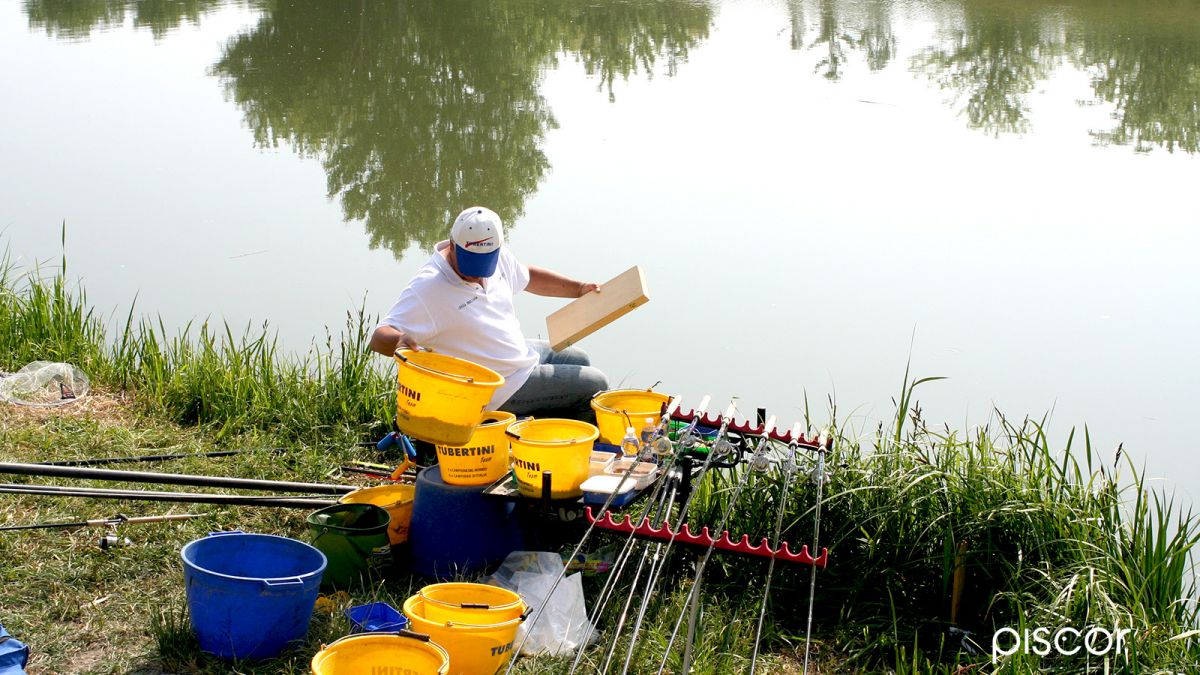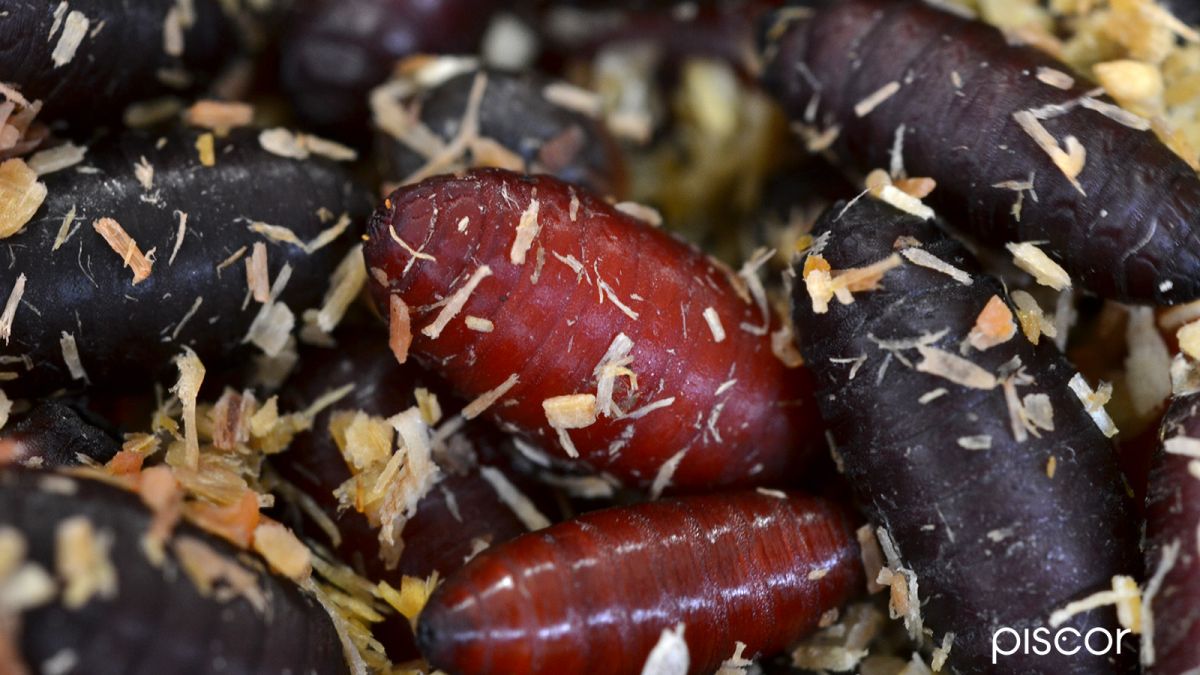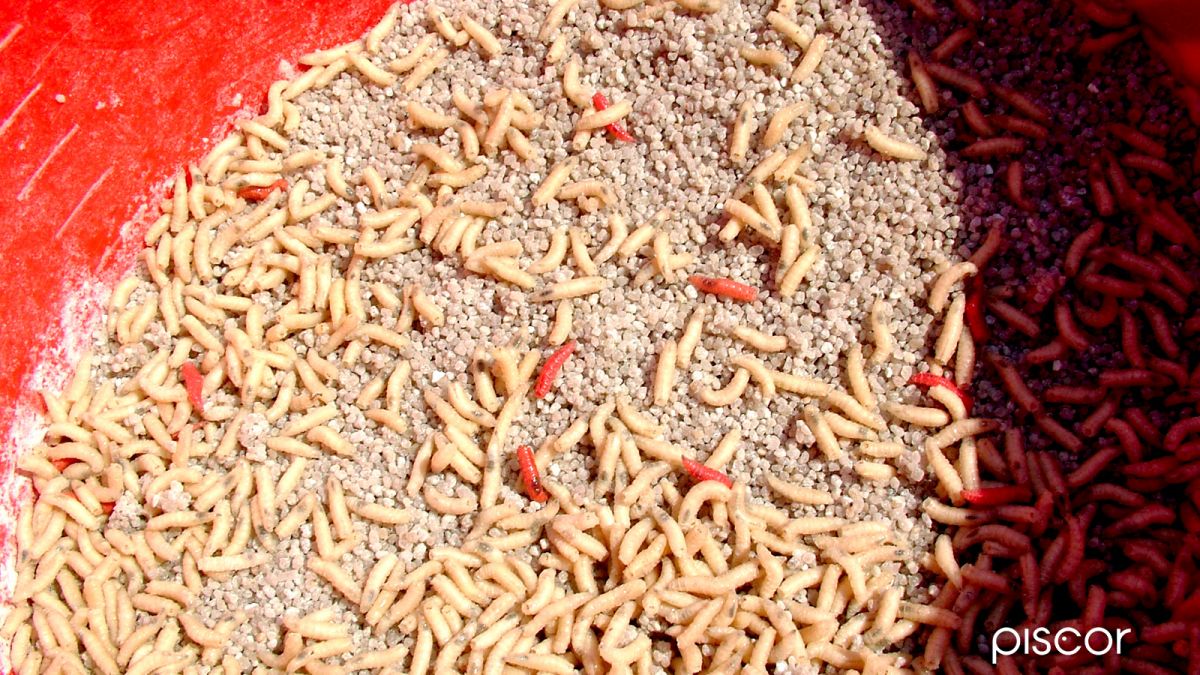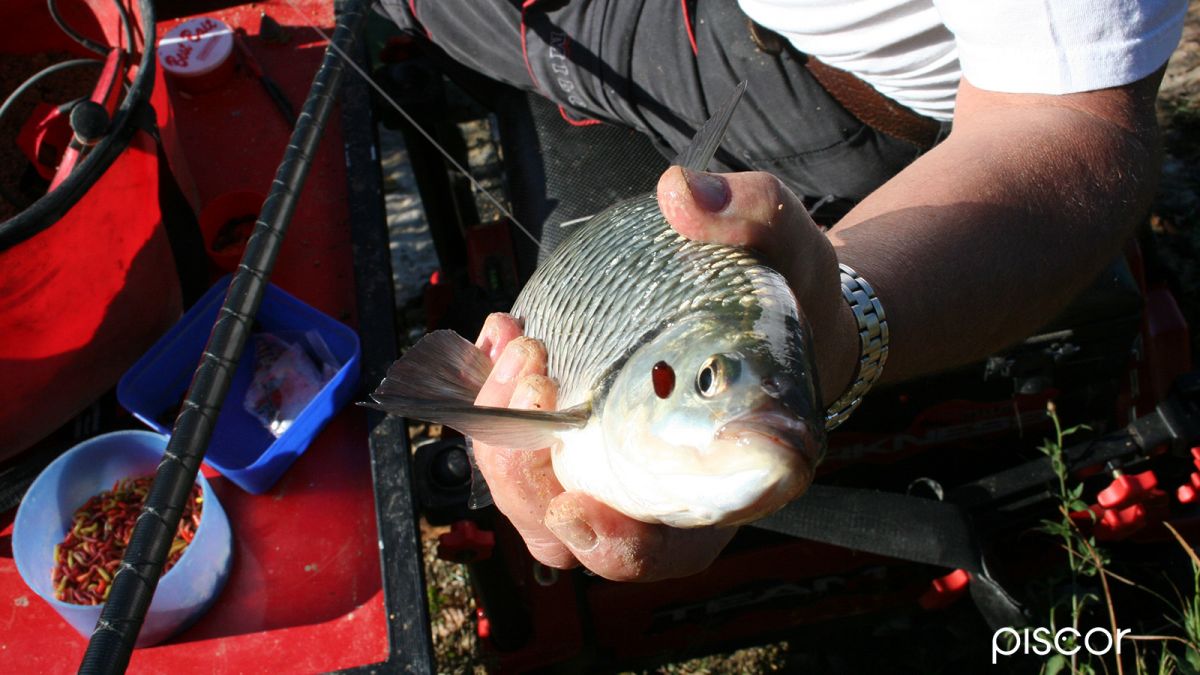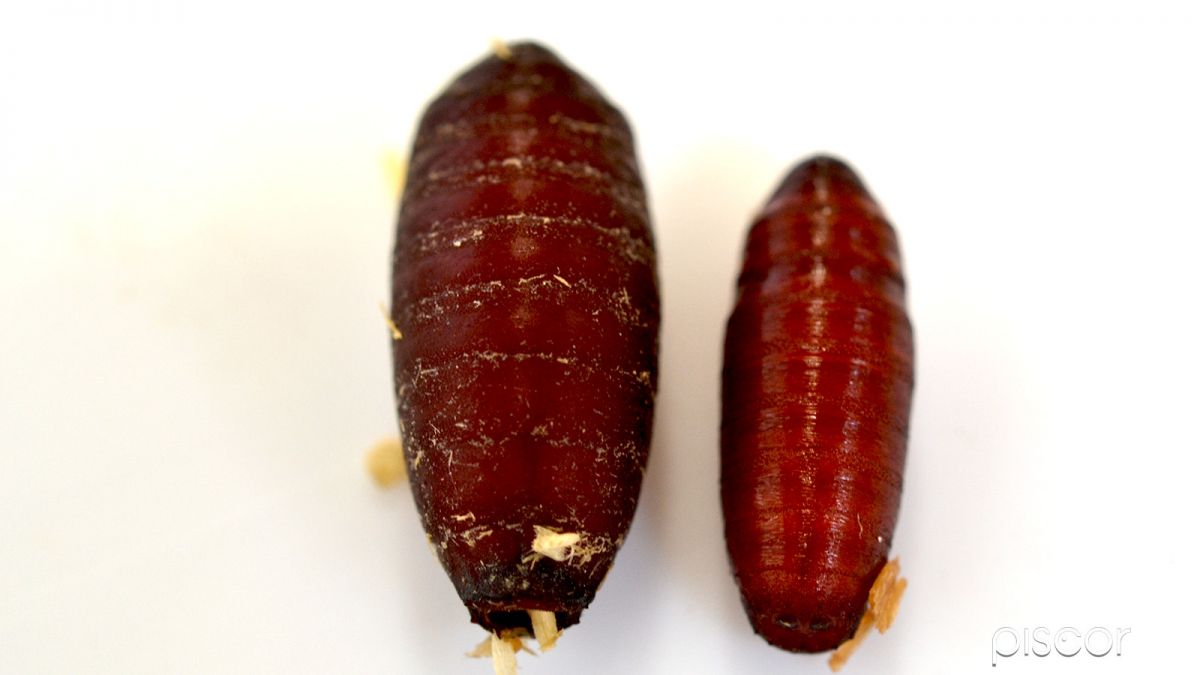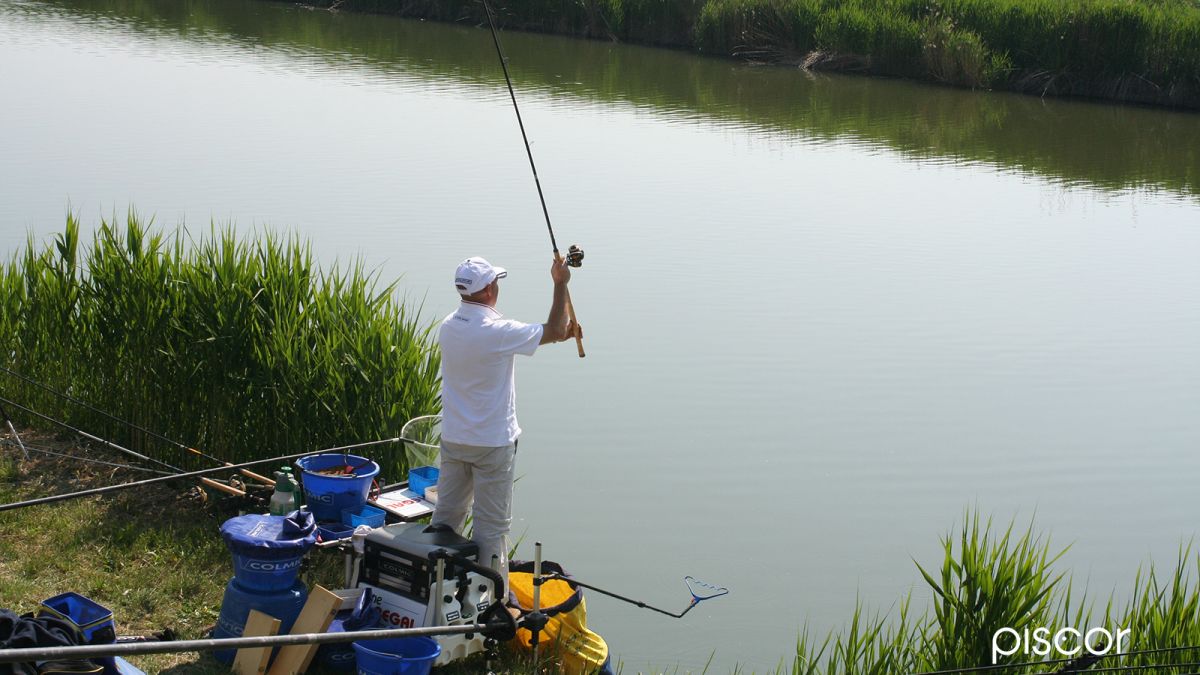Whether they are used to trigger a hook, or for baiting, baits are the essence of fishing. From this statement comes the consideration that if they are not in excellent condition from all points of view, there will be very few opportunities to catch fish, even if you have very refined equipment and extraordinarily balanced settings and everything is in the hands of a fisherman of exceptional ability.
In the following article, we will give some indications on how to treat baits to have them on top when used, but also on how to keep them at their best, a topic that is extremely faced today, given the time of the general economy that requires careful use of the economic resources that we fishermen allocate to our business.
However, we believe it is necessary, for some baits, to give some news about their biology, as many fishermen ignore them completely. They may know more about the carbon materials of their brand new roubaisienne or the latest innovations in the field of sailing floats, but they still think that the fouilles they use in competition are "mosquito larvae".
Maggots
I think it's right to start dealing with the subject from maggots, since it's the bait par excellence.
All those called "maggots" by fishermen, whatever their shape and size, are larvae that derive from eggs laid by insects belonging to one of the most important orders, that of dipters, a name that means "with two wings", represented by more than 120,000 species that frequently interact with humans and flies are the best known example.
Flies belong to the family of the muscids, insects which, usually, nourish through a sucking apparatus and whose larvae, in order to develop after the exit from the egg, in most of the cases needs decaying or rotting materials.
The ecological collocation of these insects, in fact, is that of utilizing and therefore eliminating from the environment decaying substances such as corpses or other animal or vegetal remains. An ecological function, as you can imagine, is very important.
The development cycle, from the egg to the perfect insect, varies from species to species and is influenced by several factors, first of all the temperature, but, in ideal conditions, from the deposition of the egg to the exit of the fly from the chrysalis, about fifteen days pass.
We use maggots both as bait for hook and for baiting are the bred larvae which are removed from the feeding substratum, usually formed by the butchery waste, when they are almost at their maximum development, that is, just before they stop feeding. At this moment, they still have the classic dark speckle of the last meal, speckle which disappears after two or three days.
We have already given you a key of recognition to know how fresh are the maggots you buy: if they do not have the dark speckle anymore, it means that already since some days they have been removed from the litter and have completely digested the last meal. At this point, even if you give them food, they will not eat anymore.
To understand which are the best maggots to use, you have to consider what use will be made of them. For the trigger, there is no competition: the fresher they are, so the more evident will be the famous speckle, the better. At this stage the larva is softer, more mobile and therefore more pleasing to the fish.
For the pasture, however, the argument changes a bit 'because an older maggot, which no longer has the speckle, is more compact, has "turned" a lot in the tank in which it was put with sawdust or flour and, therefore, has no fat on the surface.
For a maggot that has to be thrown with the sling, this is an extremely important factor, because it will descend faster in water and this is a fundamental requirement if fishing in salty or brackish water, where the descent of the larvae is always slower because of the greater hydrostatic thrust. So, if you go fishing for sea bass or sea bream, it's better to use a bit of an old maggots, but always put the fresh ones on the hook!
Even if they have to be glued, better the "seasoned" ones than the fresh ones, not only because the former are well degreased and the glue gets more grip, but above all for the less mobility of the larvae and therefore for a greater compaction of the balls.
Conservation in the live state
Once it was common practice, once it was over to fish, throw in the water the advanced maggots. The fish were happy, but with what they cost today, it is better to bring them home and try to make them last as long as possible.
Of course, in the state of larvae, you cannot go beyond a few days, if kept in ideal conditions. First of all, it is necessary that the one you take home has not suffered an excessive exposure to the sun, so the long conservation begins while we fish, keeping the maggots in a cool place and, possibly, away from the light. Once at home, they are placed on a pasture sieve placed on top of a bucket.
The passage of maggots will be very fast, because these larvae avoid the light and will seek shelter in the dark of the bucket. Only those deaths will remain in the sieve net that it is important to separate from the live ones because they would rapidly decompose and compromise a good conservation.
To the larvae passed in the bucket is added fine sawdust or, even better, the finest corn flour. This serves to keep the larvae perfectly dry once the container is placed in the refrigerator, because the condensation that can be achieved could moisten the larvae that would then go around with consequences easily imaginable. This can be remedied by placing the maggot in a closed container like a magic box, but in this case you need to add more flour because indoors the condensation is more felt.
The ideal temperature to keep the maggots in perfect shape for at least 6-8 days is from 3 to 6 degrees if the larvae were in good condition, in any case keep in mind that when you go to get them to go fishing again you will find them a little "slimmed down" because they have lost some 'water by perspiration. They will still be great for baiting, also because they will be perfectly degreased.
Freezing
Since the mania of the dead maggots to trigger and use as a pasture has exploded in our country, freezing seems to be an excellent system, perhaps even better than stretching with hot water with which you risk "cooking" them too much making them unattractive to fish.
Freezing is an excellent system if you have to keep maggots for a long time, but especially if then they will have to be put in the pasture for their immobility that allows you to tighten better and to make the balls last long on the bottom.
To prepare larvae for freezing, it is still necessary to pass them through the mesh of a sieve to remove dead larvae and then add the same flour as before. This serves to keep the larvae separated from each other, otherwise they become a single block and you should wait for some time before you can put them in the pasture.
Be careful, because once thawed, maggots deteriorate quickly becoming dark and floppy, especially at high temperatures, so they should be used for the initial pasture.
Casters
Maggots advanced from the fishing outlet can be used for the production of casters that are nothing more than the second stage of development of the fly after that of larva. The transformation of the fly larva into a chrysalis takes place, in nature and under ideal conditions, from 7 to 9 days after the laying of the egg.
Casters are exceptional baits for almost all cyprinids and there are places where having a good ration of casters is essential. One of them is Mincio in Peschiera. First of all, it must be said that the best casters are obtained from maggots purchased in store and addressed to this purpose.
Maggots that have been exposed to heat, even if not excessive and in sunlight such as those that are brought home after fishing will not give exceptional chrysalis, but not even then so ugly.
Proceed as follows: put the maggots in a bowl and mix with sawdust just moist, then put the container in the refrigerator. The transformation process happens at room temperature and takes place very quickly, whilst in the refrigerator is much slower and gives us the opportunity to recover every day, the casters that are formed, by sieving. The first two or three days the casters recovered will be few, then, the number will grow more and more.
The collected chrysalises will have to be put in condition to slow down the vital processes so that they do not become floating and therefore scarcely usable in normal conditions. To do this, they need to be kept in low oxygen and cold.
There are two ways to make them breathe poorly. One method is to put the collected casters in a plastic bag and remove the air, a sort of light vacuum, the other is to put them in a basin full of water. In both cases, they must be kept cold and at least once a day they must be breathed by opening the bag or draining them and leaving them a few minutes in the air, otherwise the death of those inside the tender shell and the subsequent decomposition.
Horse Fly
Who doesn't know them today? They are indispensable in the carpodrome, but also elsewhere, especially if there is to make selection. The insect whose larva is called horse fly, does not belong to the family of the muscids, but to that of the tabanids and unlike the former, the perfect insect has a perforating-sucking apparatus in the females. They are known as "horse flies".
The larva has a longer life than the normal maggots and in the refrigerator they maintain rather well for many days. When left at room temperature, they slowly turn into the so-called "big caster", which are so effective on chub and rudd, precious because they are very resistant to the hook even when they are thrown long and powerful. In case of need of big casters, it is better to start in time, since it takes a good number of days for the transformation, especially in the cool months, preserving the chrysalis that gradually are formed in the same way as for the caster.
Pinky
When national competition was mainly based on bleak fishing, I refer to the '60s and '70s, there was a real science in the husbandry of these little maggots to make them particularly elastic and resistant.
The duration of the hook was fundamental: in a regime of an average that often touched the 7-8 bleaks per minute, to change less triggers meant and means, in those rare fields in which the bleak is still present and is convenient for the purposes of the ranking, a good number of more fish.
When it happens, it is necessary to have efficient raptors and since producers and shops are not much further behind us for obvious reasons of opportunity, it is up to those directly interested to work a little 'not to be found unprepared.
It's time to make these maggots so resistant, a time so long as to make them almost living mummies by exploiting the particularity of these larvae, which come from flies other than those of the normal maggot trigger and sling, to live very long and to turn into tiny casters with difficulty. Maybe they die by dehydration, but hardly, unless they are left out of the fridge, they become casters which, however, have no utilization for the purposes of fishing.
Let's see, then, how to get a small supply of excellent pinky from which to take a pinch each time for difficult days, because we want to have fun with the capture of a little 'of fish, or because the race we go to dispute sees in the bleak fish protagonists of the day.
Once you have bought the fresh pinkies in the shop, you can put them in a magic box or in a basin of about two liters. For such a volume you have to use a maximum of about 250-300 grams of larvae. A good amount of sawdust or raw corn flour is mixed with these. The larvae must be able to "swim" freely in this pool of flour, so it takes at least half a liter, but if there is more it is better.
Flour or sawdust have a dual function. The first is to absorb the transpiring water of larvae, the second is to make the cuticle of the maggots harder, through continuous rubbing. The container, possibly closed with a perforated lid, should be kept in the refrigerator at about 4-6 degrees Celsius. Every now and then it is good to check the contents by passing through a sieve if you see an abundant mortality and changing flour or sawdust at least once a month. Every time you do the check is good to "turn" the maggots for a couple of hours leaving the container at room temperature.
After a couple of months, we will notice that the remaining maggots appear a bit withered. It's time to start giving them a drink or, better yet, to rehydrate them. For this reason, it is necessary that the sawdust or flour is kept slightly moist so as to prevent the total dehydration of the larvae and, therefore, their death. If things are done in the right way and we remember to constantly take care of our precious supply of pinkies, we can be able to keep the larvae alive even for 7-8 months and, during this period, start to prepare another container starting again.
Some warnings
It is not possible to color the larvae after they have been kept as explained above, so if you want to fish with the colored pinky, you have to put them away already treated. They will fade a bit, but it's better than nothing.
Even if treated properly, after months from the start of the treatment less than 50% of the maggots will still be alive and a good percentage of them will not be suitable for the trigger because they are imperfect, so to have the opportunity to choose a good number of pinkies to trigger, do your math well.

